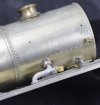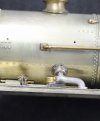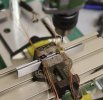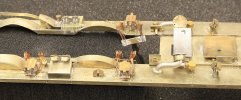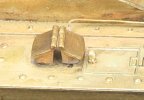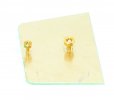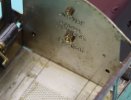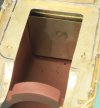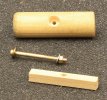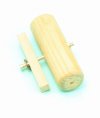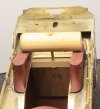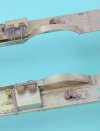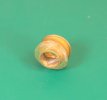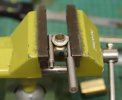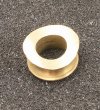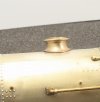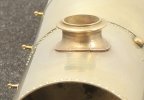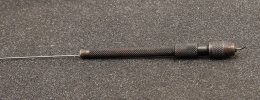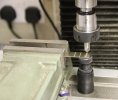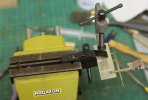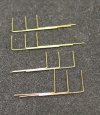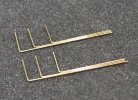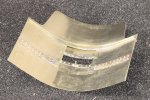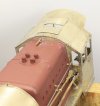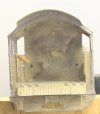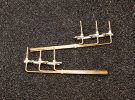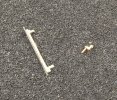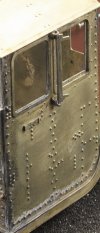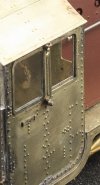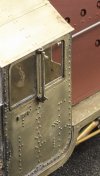Most people reading my threads regularly, will have gathered by now that I am a bit of a tool junkie and that I don't do well with the smaller imperial measurements.
Late last year I came across a Chesterman Height Gauge which measures in both imperial and metric, at a price that I didn't need to sell a kidney to afford. It came in its original box with all the attachments including a holder for a dial test indicator. When I was looking for one, even those with no box or attachments were fetching good money. I already had a good quality imperial Height Gauge which I was able to sell to recoup some of the cost, thus making it a worthwhile investment.
For those that don't know, height gauges are used not only to measure and compare heights but also for marking out when machining and they come with at least one hardened tools for scribing. To use it, you cover your workpiece in layout fluid/marker pen and then scribe in your horizontal layout marks with the workpiece and and the height gauge on a surface plate of some sort.
Because I didn't want to scribe the boiler, leaving marks that might show through the paint, I thought that I might be able to use the dial test indicator attachment to hold a pencil. Sadly all the pencils that I could find in the house were all the standard hexagonal type which were all too big to fit in the holder. Having a box of brand new pencils to hand I had no problem in turning the end of one of the pencils down to fit the DTI holder.
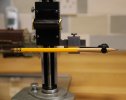
I used a flat ended HSS tool bit and although I have a corrugated way cover I immediately vacuumed the sawdust off the lathe to prevent any staining of the metalwork.
I sat the loco on a pair of 1-2-3 block on a sheet of plate glass to do the marking of the horizontal line down either side of the loco.
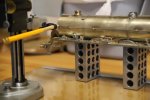
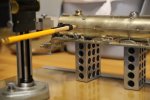
Since taking the photos I have chopped off the thinned down end of the pencil and it now lives in the box with the height gauge as I suspect that over time I will make much use of it for marking boilers.
